Extra chemical lab facilities put into use by CBBC and Stratingh Institute
During the past year and a half, a lot of hard work has been done to create additional chemical lab facilities in the Linnaeusborg for the ARC Chemical Building Blocks Consortium (ARC CBBC) and Stratingh Institute for Chemistry. Several laboratory rooms on the eighth and ninth floors of Building 5172 have been completely converted for this purpose. In addition, the technical installations received a major upgrade, which increased the air exchange capacity by about 40%. "There has been an extraordinary achievement in a short time and in a limited space," says Esther Marije Klop, Managing Director of the Faculty of Science and Engineering.
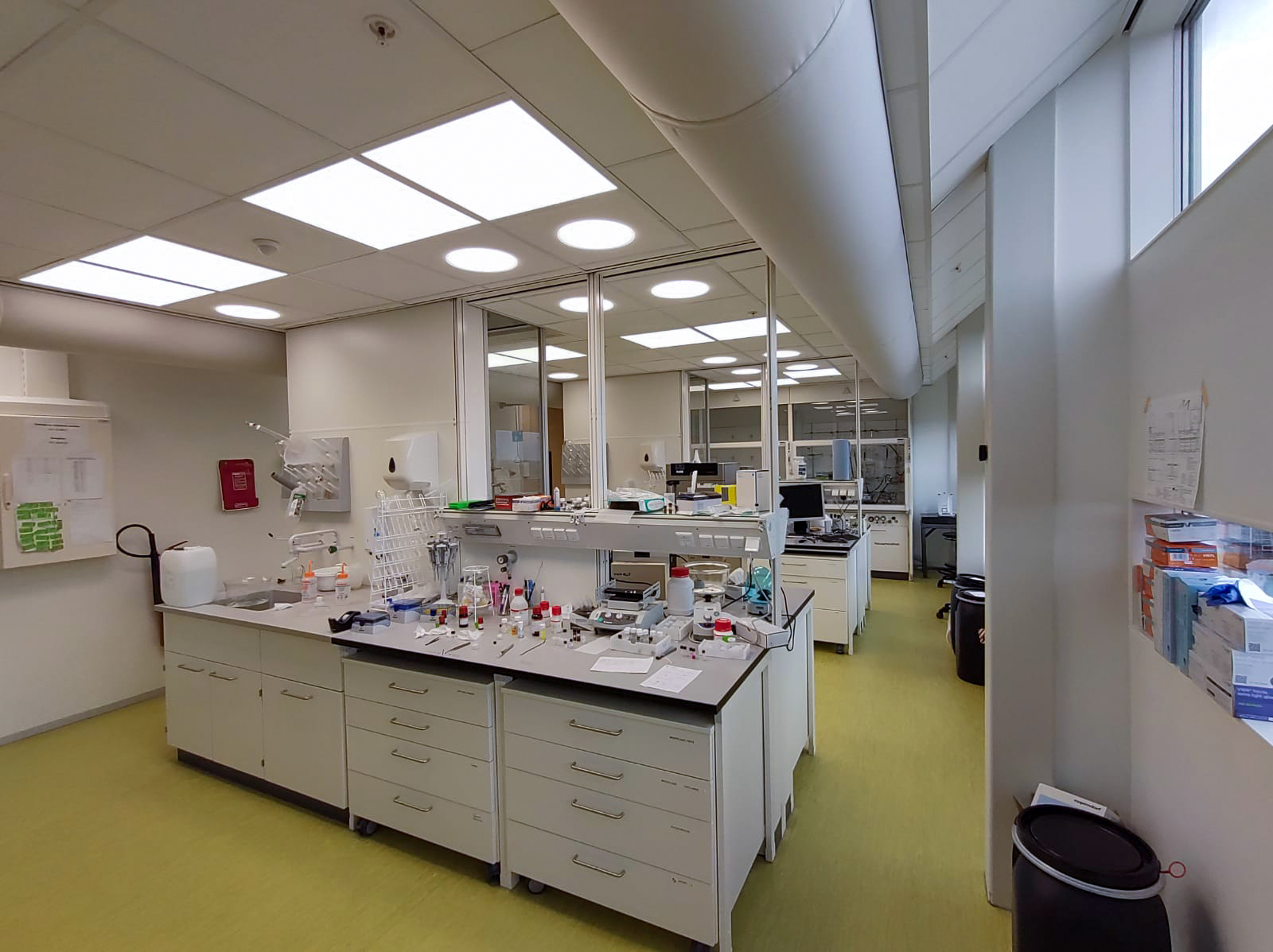
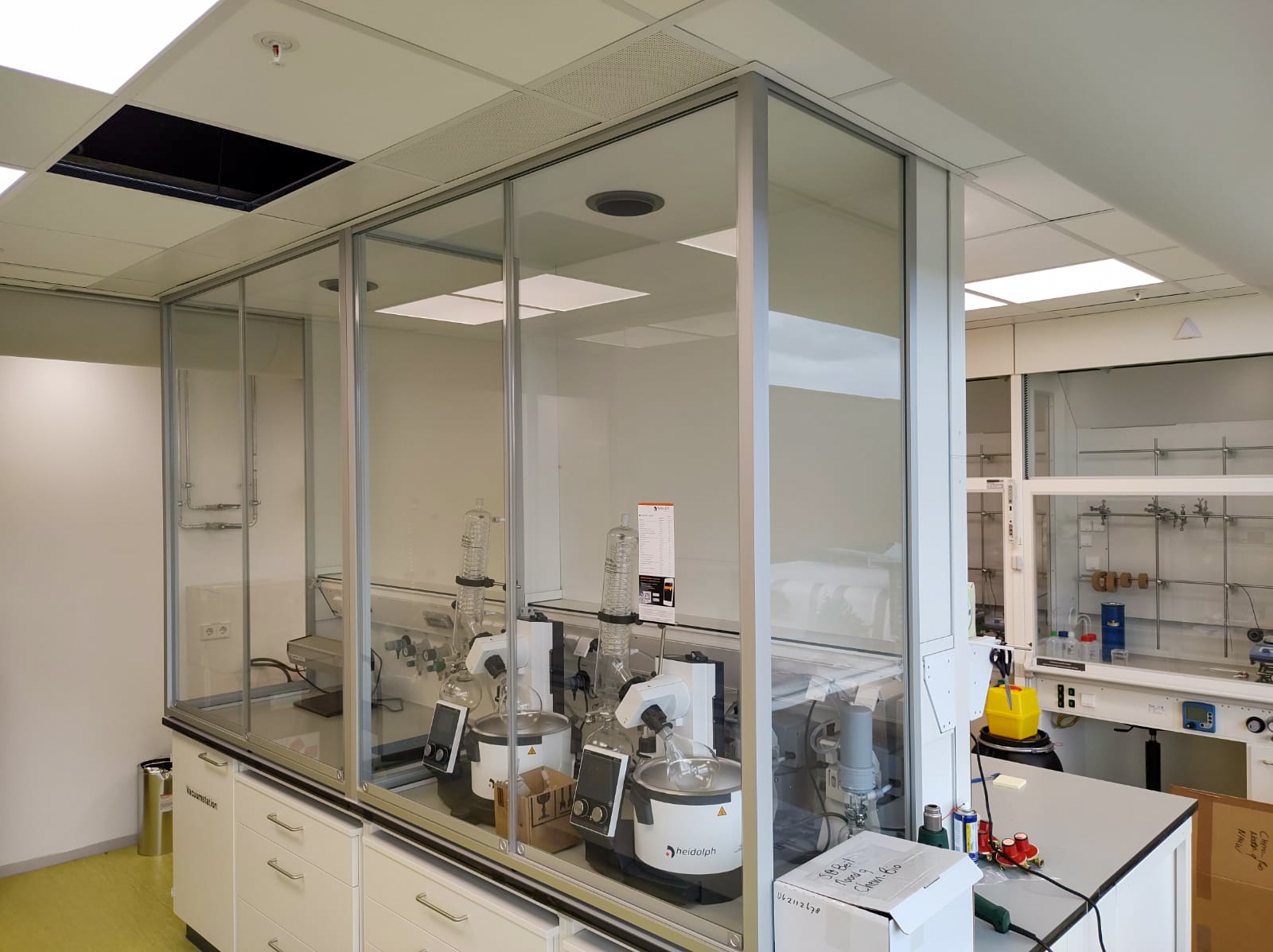
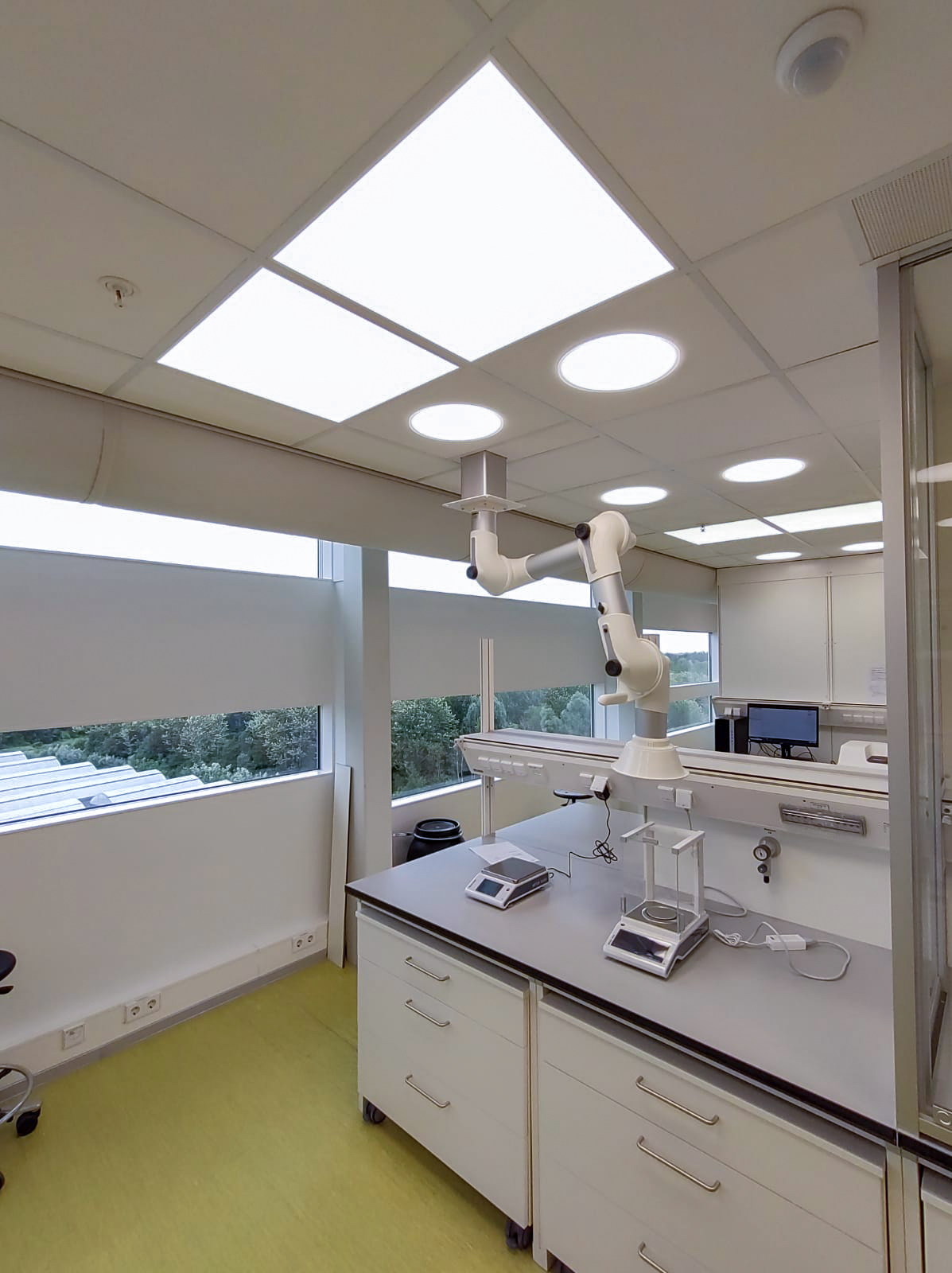
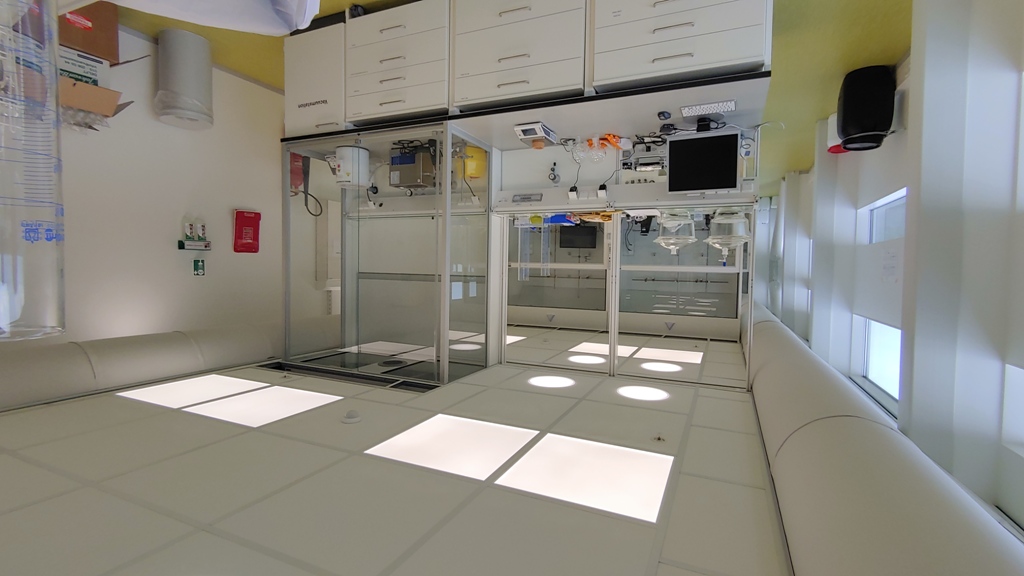
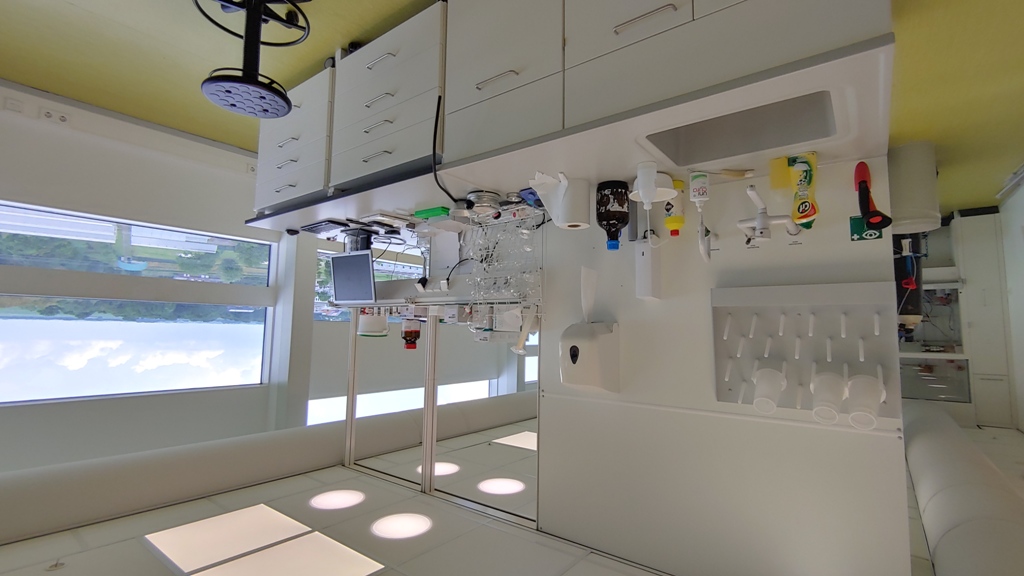
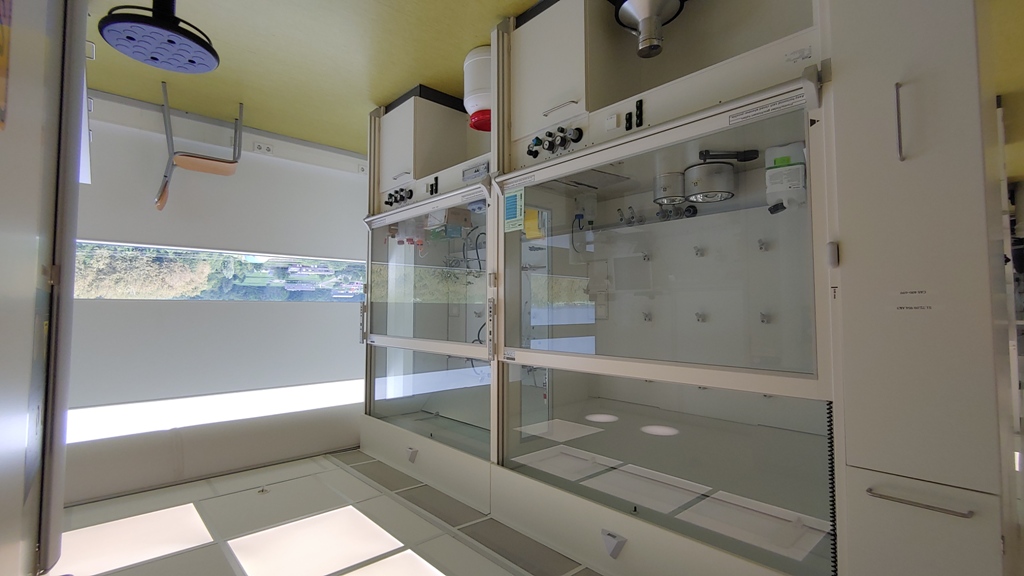
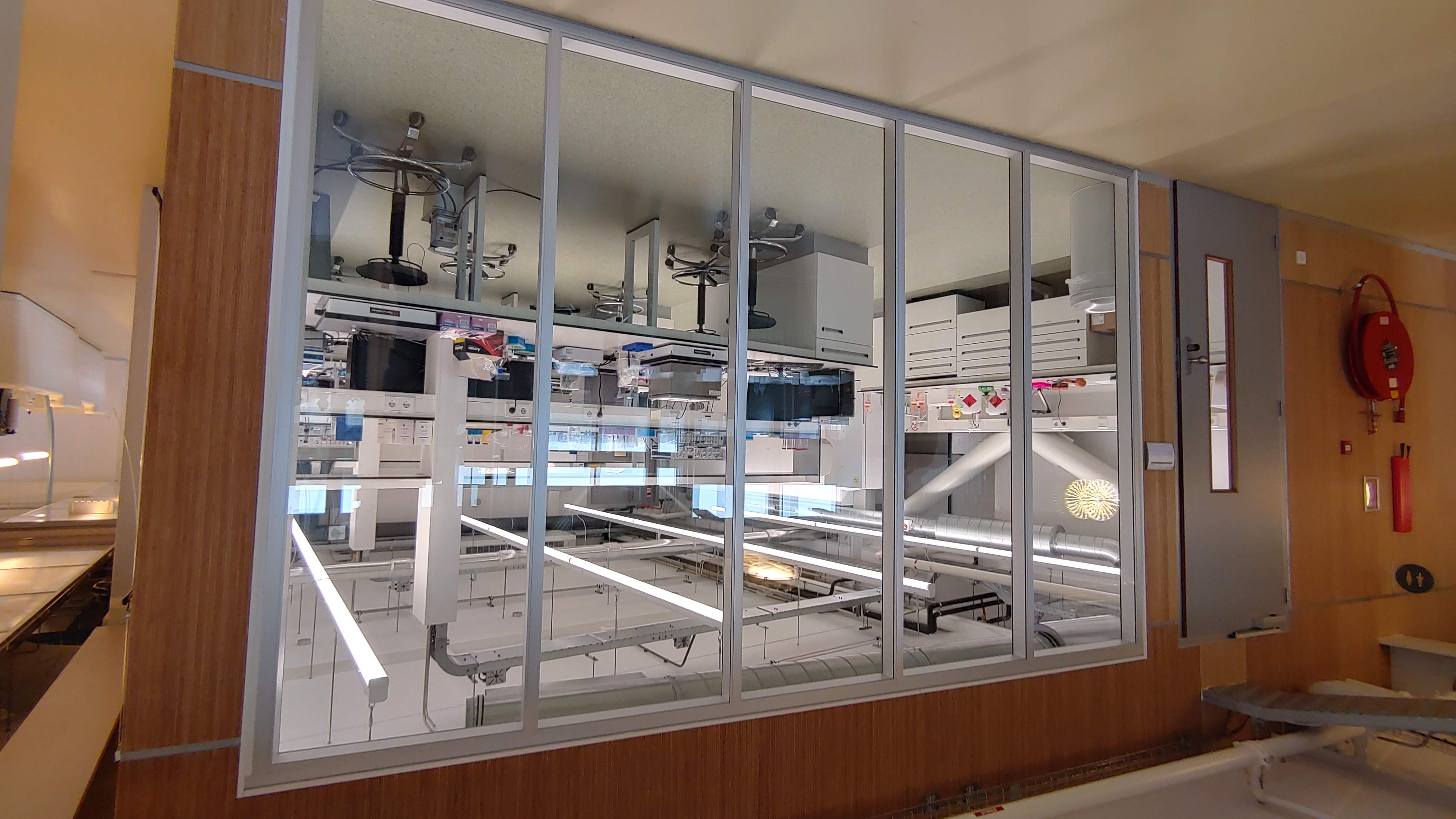
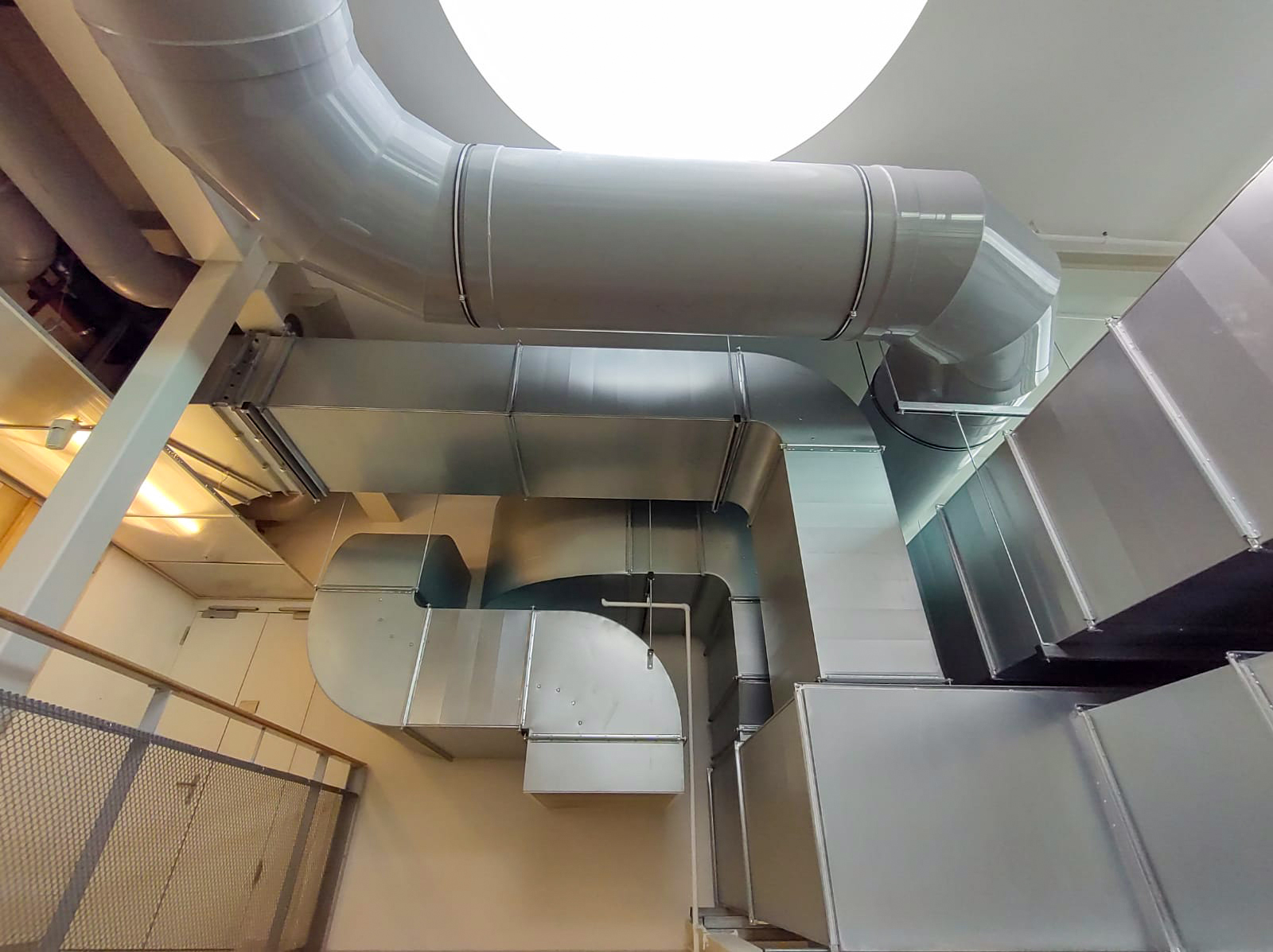
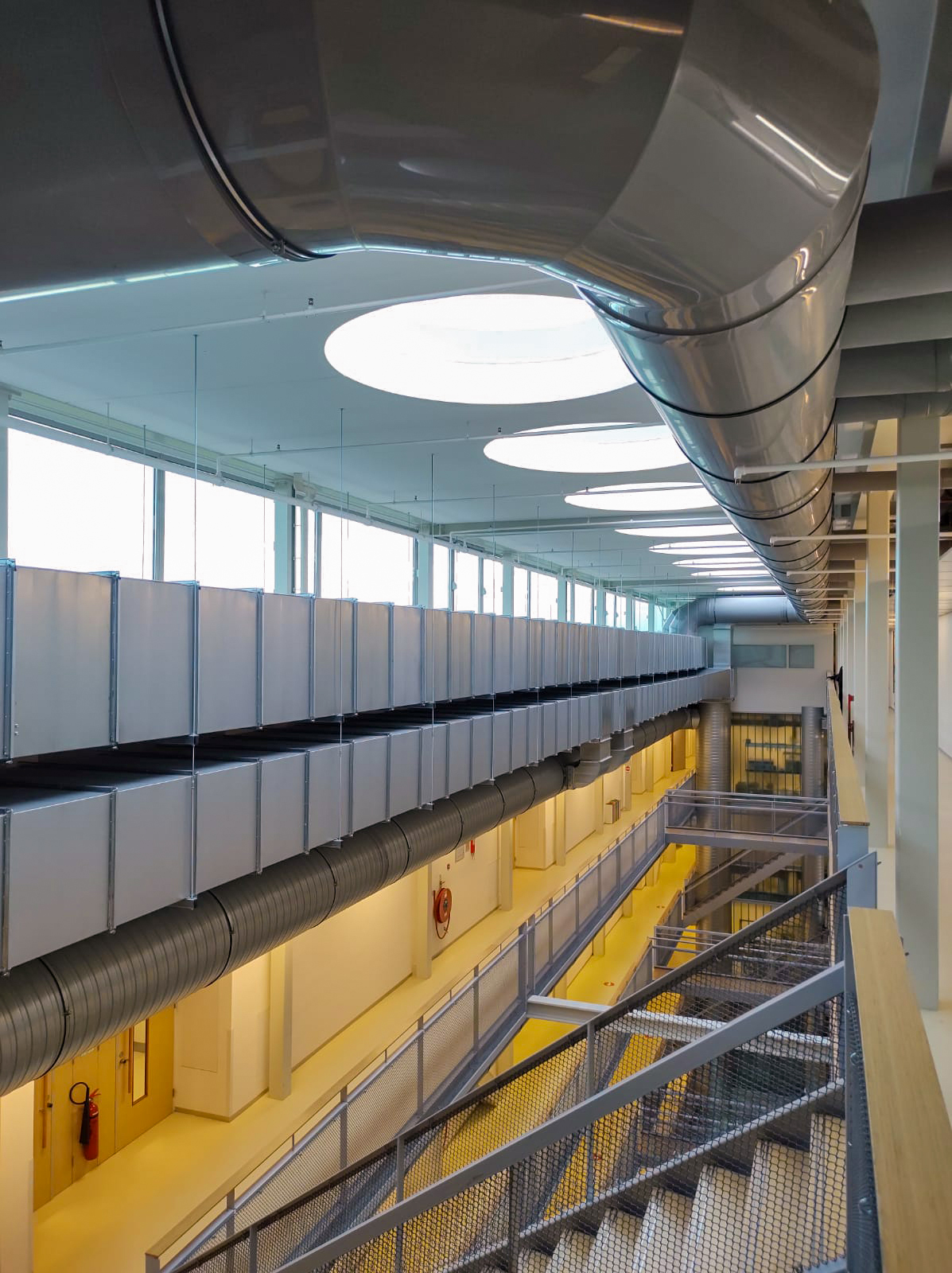
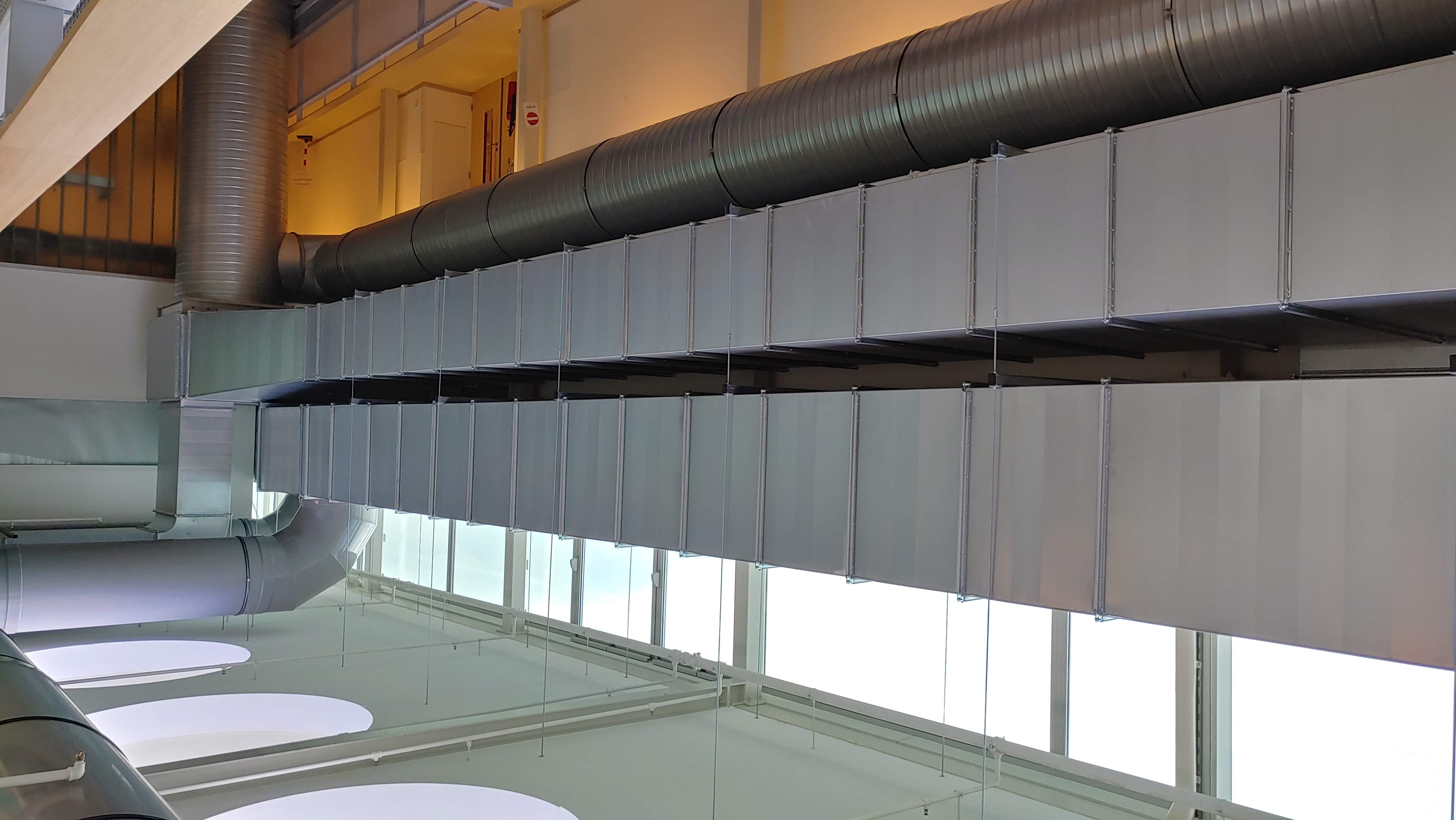
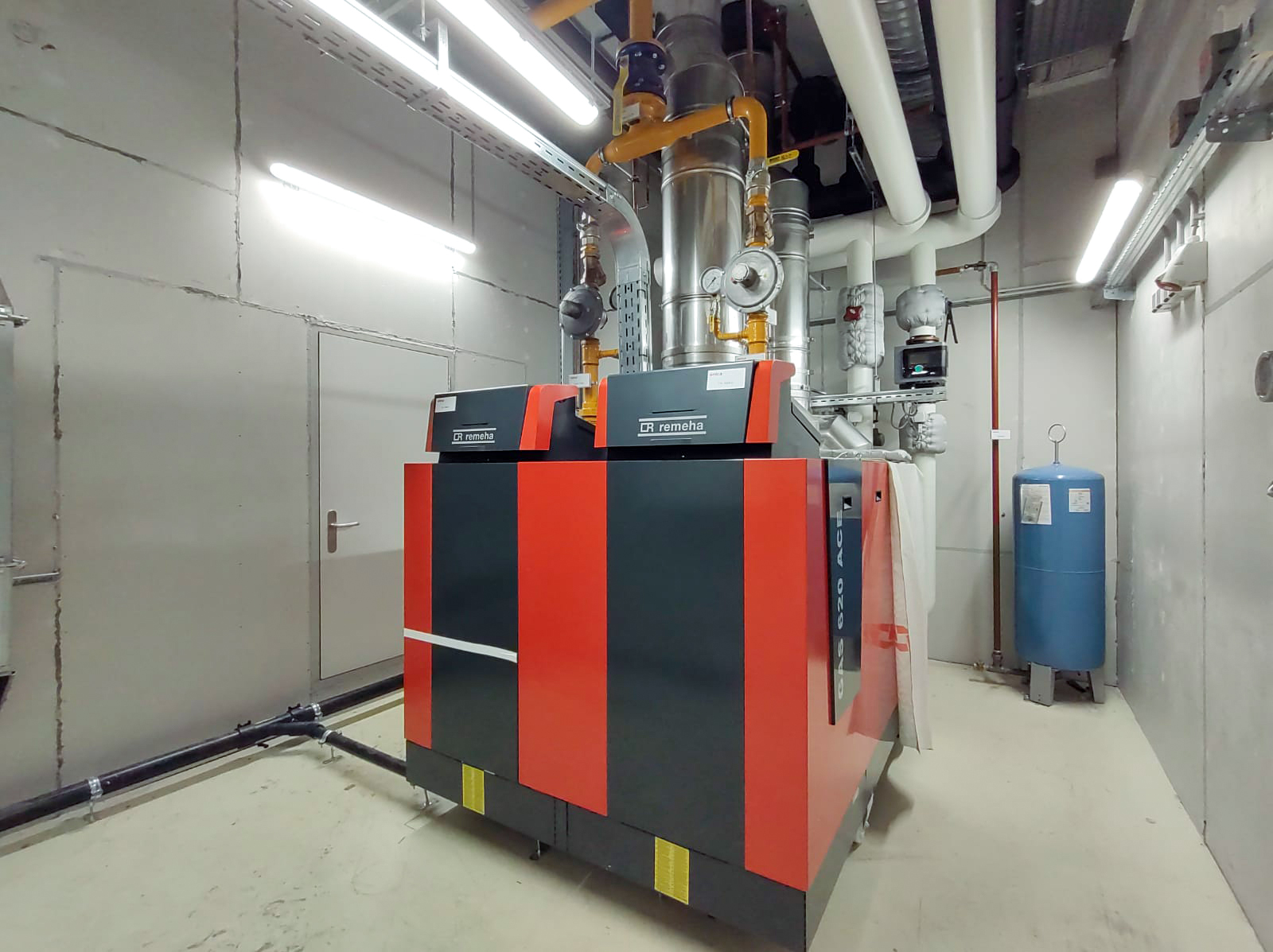
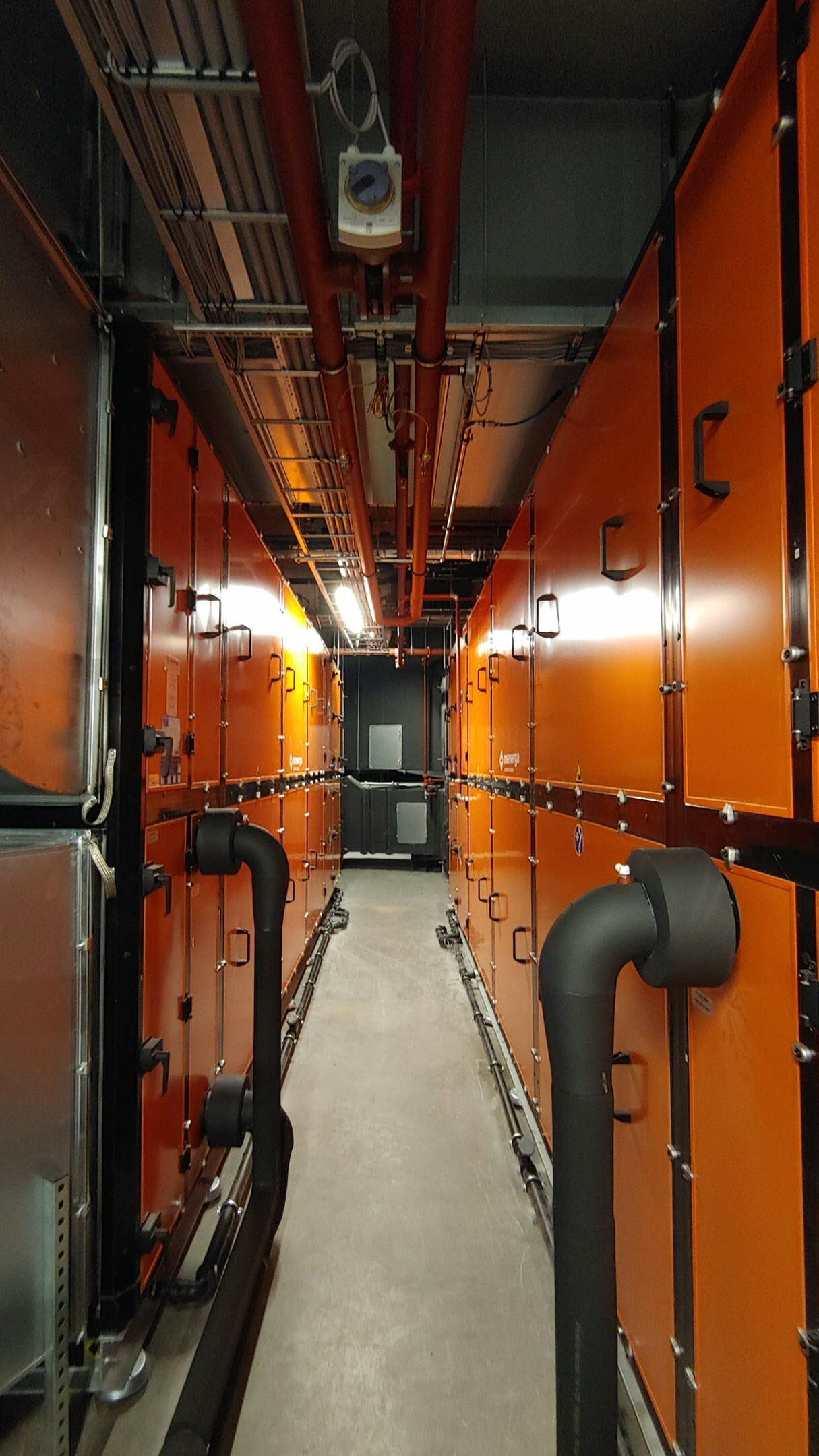
Chemistry provides building blocks for the future
The additional lab facilities have been realized on the 8th and 9th floors of the Linnaeusborg and are dedicated to the Stratingh Institute of Chemistry and the Advanced Research Center Chemical Building Blocks Consortium (ARC CBBC). This national research consortium is a collaboration between the universities of Groningen, Utrecht and Eindhoven, NWO, the government and industrial partners AkzoNobel, Shell, Nouryon and BASF. It is aimed at the development of sustainable chemistry based on new chemical processes, and of new building blocks for energy carriers, materials and chemicals. On behalf of the University of Groningen, Professor Ben Feringa is the program director responsible for the cluster 'Homogeneous Catalysis, Materials and Synthesis'. This research cluster works closely with the Stratingh Institute of Chemistry, where research director Adri Minnaard has closely followed the construction work.
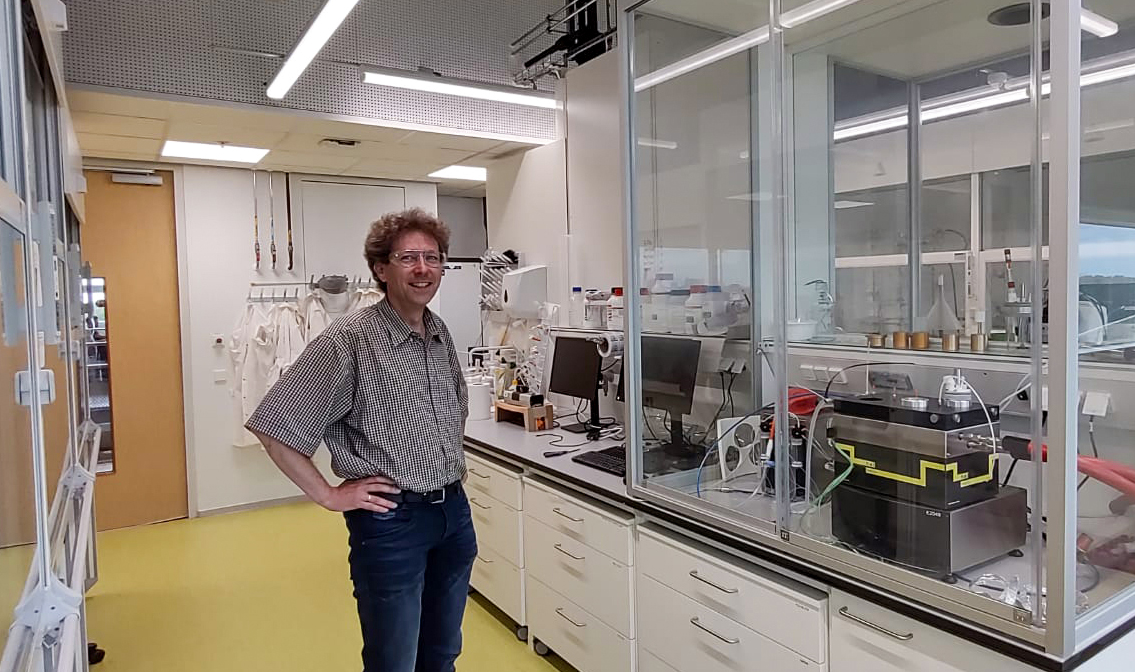
"I am extremely happy with the final result. The labs have become really beautiful," Minnaard says. "We were eager for space to be able to give shape and substance to our research program, which is focused on the development of sustainable chemistry, based on light and electricity. And on new functional materials. Now we have matching research facilities where we can team up with a good number of PhD students, postdocs and industrial guest researchers to develop the chemical building blocks for the future."
Research facilities greatly expanded
To make room in the Linnaeusborg for the new lab facilities, a complex internal relocation plan was set in motion for both research groups and lab rooms. In one and a half years, some 51 fume hoods and 26 exhausted enclosures were added for experimental chemical research. The next challenge was to expand the building ventilation. Therefore, at the same time, major upgrades were made to the mechanical and electrical installations of the building so that the total air treatment contains sufficient spare capacity and is prepared for expansion possibilities in the future. As the final piece to this expansion, the Technical Area North will be thoroughly redesigned until September 2021. The old installations, ducts and pipes will be completely replaced and every meter of this technical area will soon be optimally used for the new installations. After completion, the Linnaeusborg will be able to discharge a total of some 100,000 m3 of air/hour extra, on top of the original 200,000 m3 of air/hour. Moreover, Menerga's new air handling units are much more energy efficient. The new fume hoods are also more energy efficient: they have demand-controlled air consumption with self-closing windows. As a result, 20,000 m3/h less air is consumed than with conventional fume hoods.
"We asked a lot of empathy from our researchers, staff and students last year," Klop explains. "During the work, we had to periodically switch off the ventilation system, which meant that building sections - or even the entire building - were temporarily inaccessible. Especially in corona time, when lab time was scarce and that scarcity required a lot of planning, this caused inconvenience for our people. By making use of many temporary facilities, planning large construction work in evenings and weekends, the contractors have made a great effort to keep the inconvenience for our staff and students as limited as possible. That period is now over and we are pleased with the exceptional result that has been delivered in little lead time by the contractors, the University Services Department and all the employees involved."
The work in the Linnaeusborg was carried out by ENGIE Services Noord (installation work), Van Wijnen (construction work) and Wesemann (lab equipment) in cooperation with the University Services Department of the UG.
More information
www.rug.nl/GroundbreakingWork
More news
-
15 September 2025
Successful visit to the UG by Rector of Institut Teknologi Bandung
